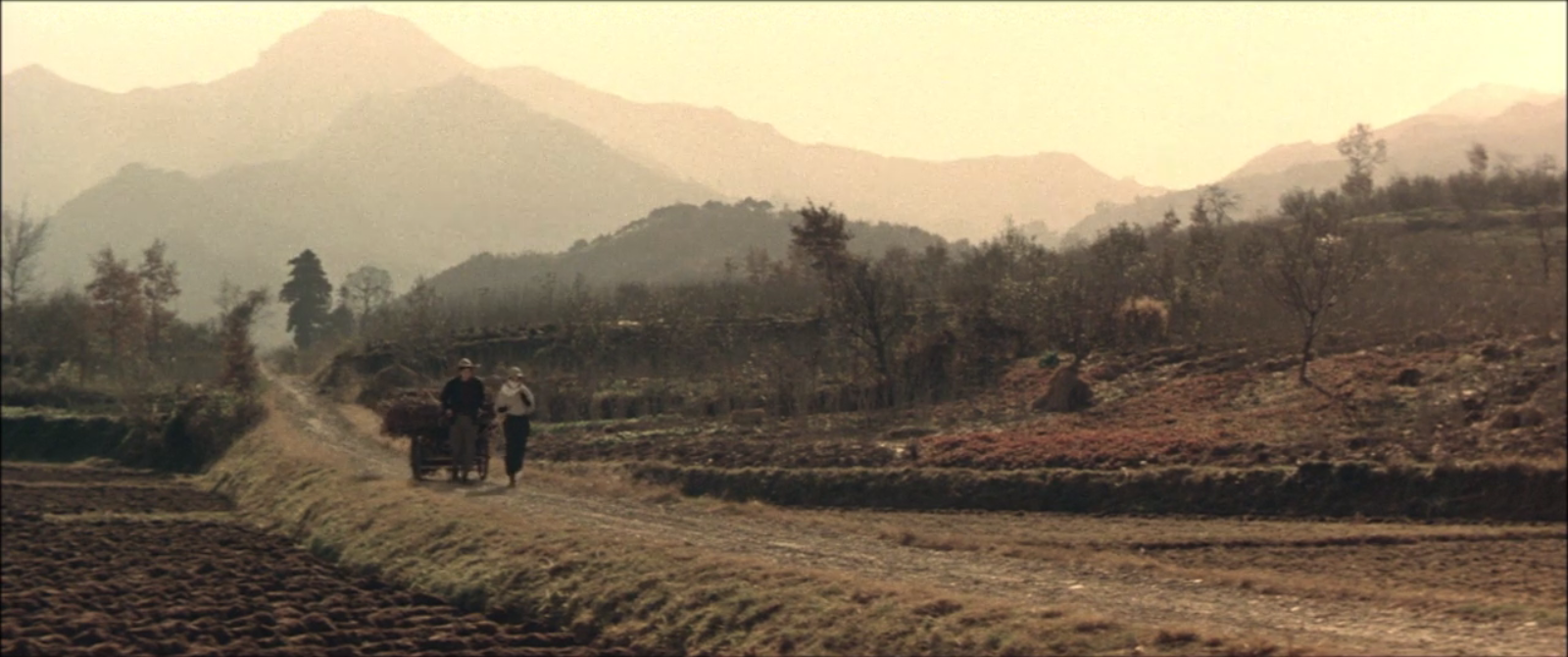
In the interview published in Jiji Shinpo, July 3, 1932, T.D. Cochran, the head of Paramount Tokyo Branch, condescendingly pointed out the miserable state of talkie in Japan. He recommended Japanese motion picture studios to quit developing their own “inferior technologies” and to use superior U.S. technologies instead. “It is true that Western-Electric system’s license fee is expensive,” he said. “But we have a discount for Japanese market at $200 per reel. You have to pay $500 per reel in New York.” It’s 60% off. It sounds terribly a good deal. But very few Japanese companies actually adapted the Western Electric system. Why?
The exchange rate for dollar-yen in 1930’s was around 100 yen = $40. Therefore, the license fee of $200 per reel is roughly 500 yen per reel. Adjusted for inflation, it is roughly equivalent of 2,000,000 yen ($20,000) per reel today.
First, we would like to compare this license fee with movie’s actual production cost. I looked up several places for typical production cost during this era, but I couldn’t find any solid data on it. It seems the minimum cost for one production (a feature) around 1930 was several hundred yen to 1,500 yen. I think, if they spent more than 5,000 yen for one production, that would have been an A-movie. For a 6-reel feature, the license fee for General Electric system would have been 500 x 6 = 3,000 yen. There would have been no incentive to go for this license contract, even if the technology had been superior.
Another figure I found was actual profit they made. Annual profit for Shochiku Studio in 1931 was 518,348 yen. Now, according to Annual Report of Motion Picture Censorship for that year, Shochiku produced total of 1,537 reels for theatrical release. This means they made profit of only 329 yen per reel. There was no way they would pay 500 yen for sound technology license.
However, there was one company that incorporated Western Electric sound system. Nikkatsu decided to use American system in 1932, abandoning the P. C. L. system. Nikkatsu needed stimulant to resurrect its status in the industry. Their products were heavily criticized, along with its poor sound quality. It was losing money in 1932, more than 800,000 yen in red. Now, I cannot find data on how much they actually paid for license, but it wasn’t bad decision after all. Their products improved around 1933, regaining its momentum, and their financial figures improved as well. Its directors, such as Tomu Uchida, Tomosaka Tasaka, made a series of ambitious films in late 1930s.
Just for comparison, JAZZ SINGER’s production cost was $422,000, which was a generous budget for a typical Warner Brothers’ feature. Considering that 5,000 yen (A-movie production cost in Japan at the time) would have been only $2,000 in U.S. currency, the difference was phenomenal. It was just the gap in monetary power between the two nations. Moreover, I guess this license fee mentioned was just for camera negatives only. It might well have been another arrangement for theatrical distribution positive prints as well. It is no wonder that Japanese companies pursued their own sound motion picture technologies.
